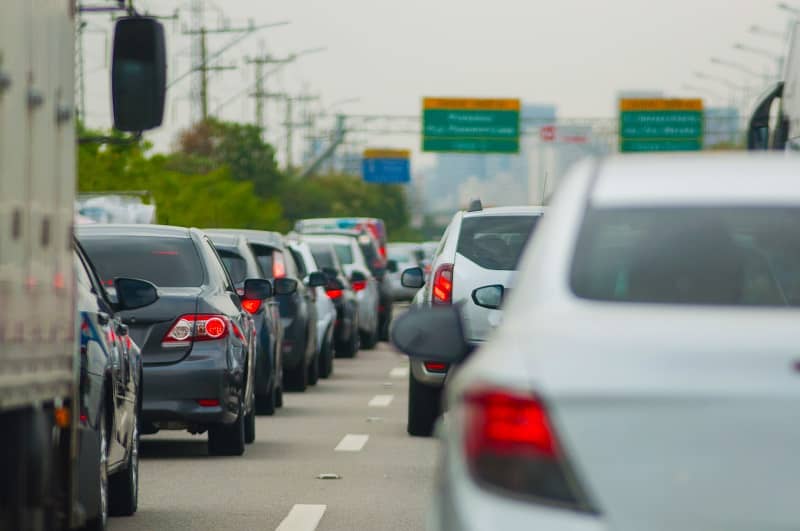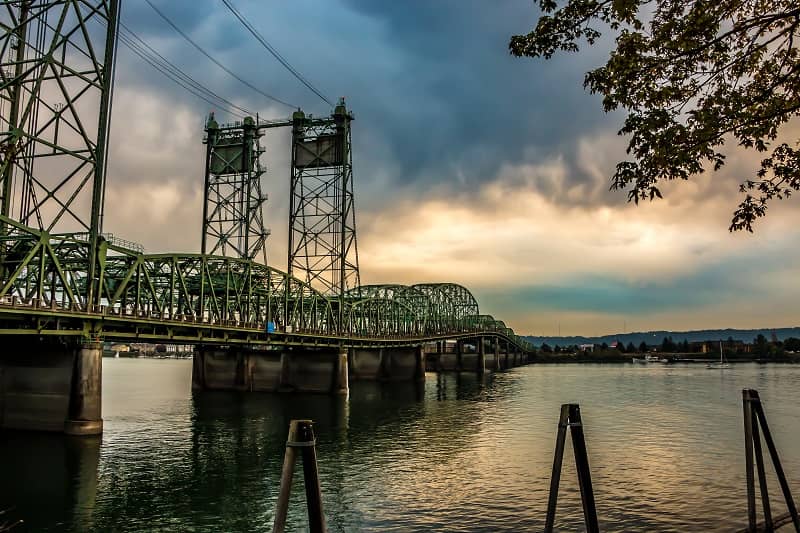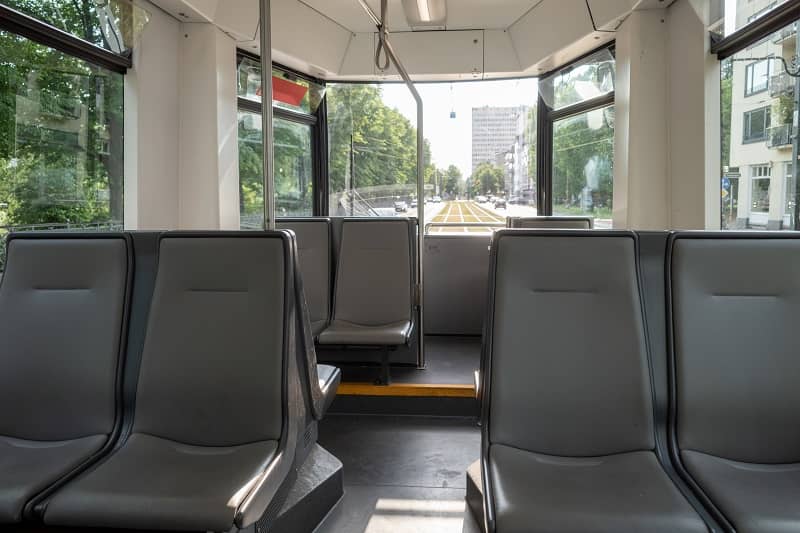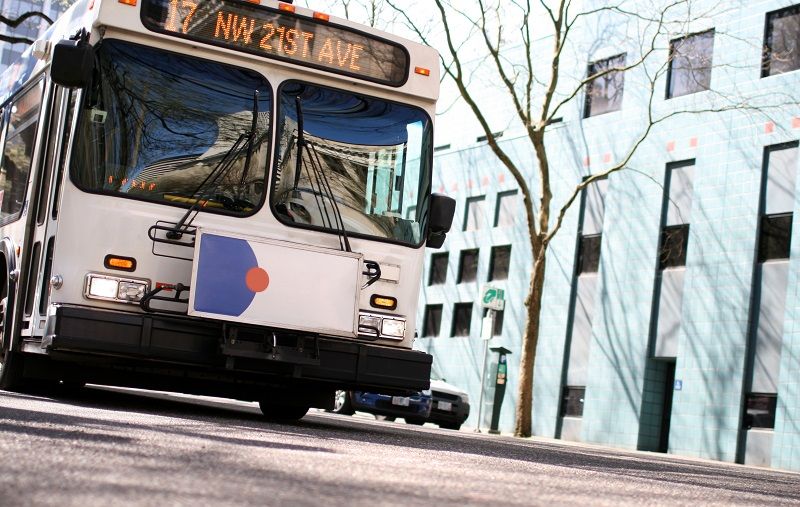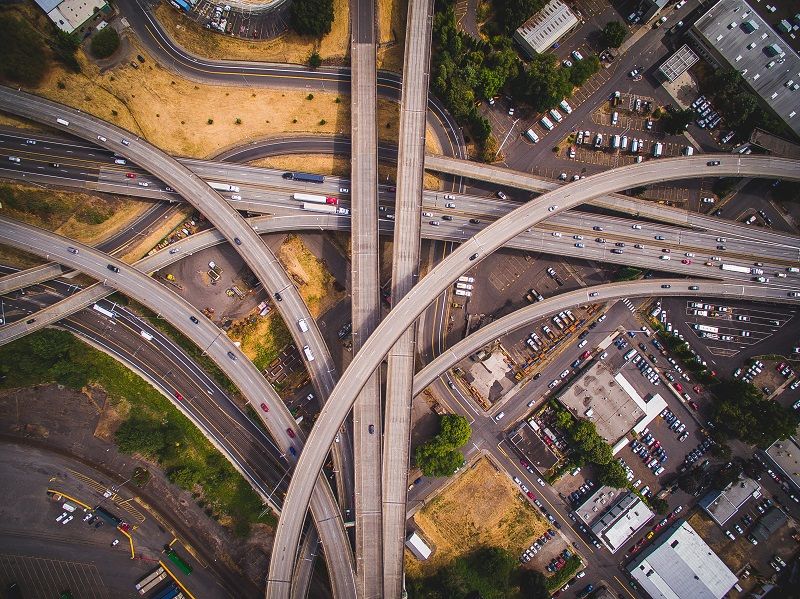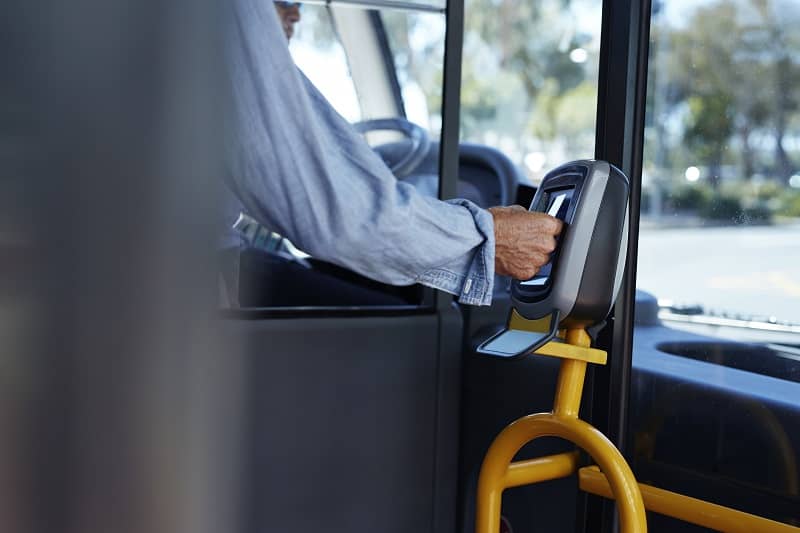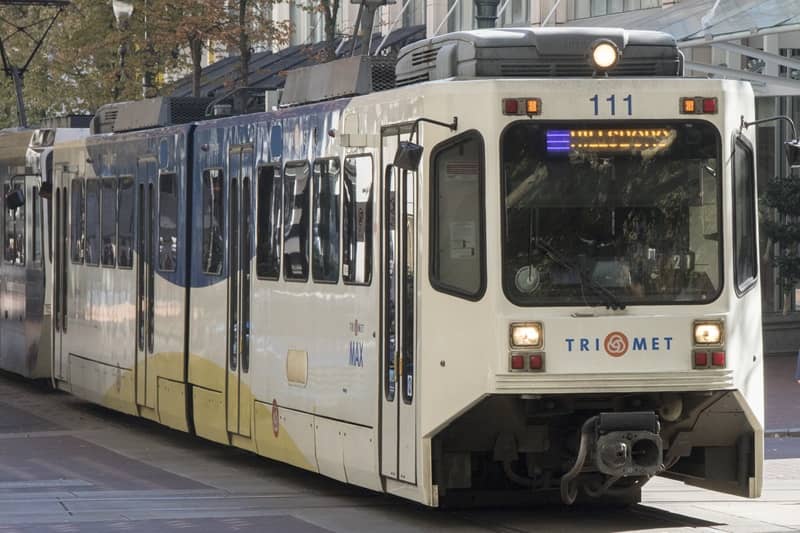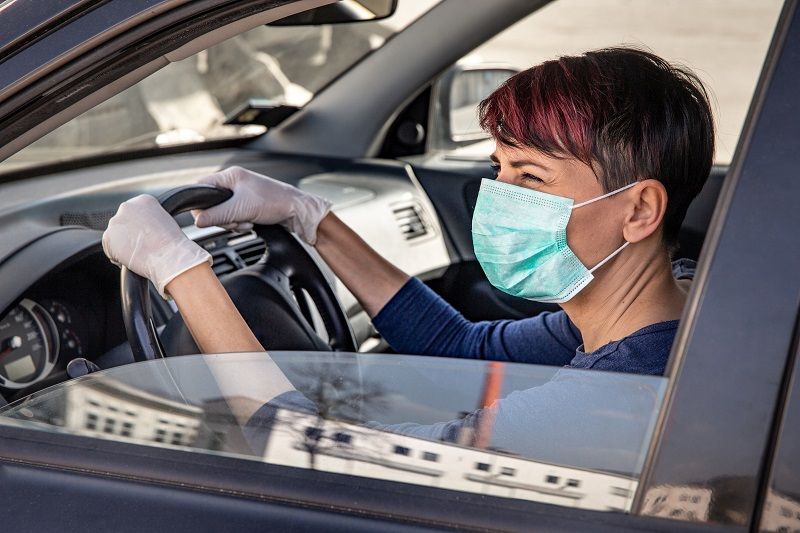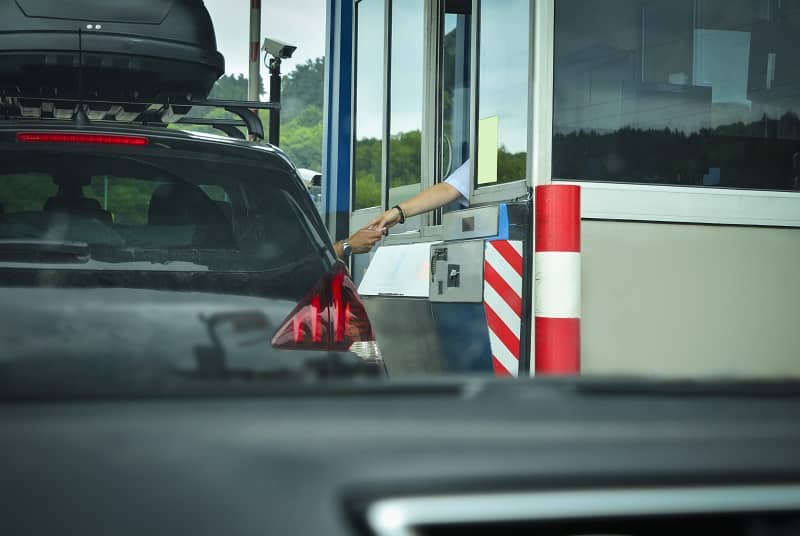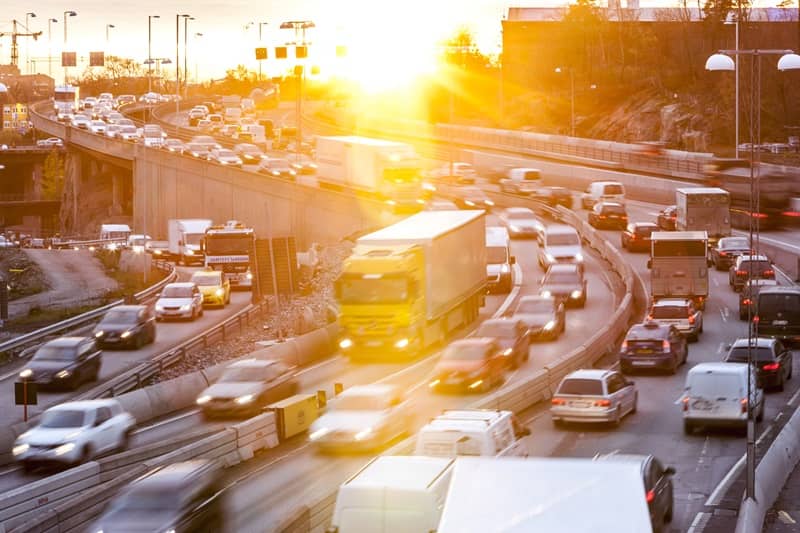A case study released by Cascade Policy Institute shows the $52 million retrofit of Portland’s Southwest Moody Avenue is already increasing local traffic congestion and will be unable to accommodate future road capacity needs in the future.
SW Moody Avenue was raised 14 feet and the overall right-of-way widened to 75 feet. This was to accommodate double-tracking of the Portland streetcar, pedestrian walkways on either side, and a massive two-way bicycle track. The primary purpose was to allow the Portland-Milwaukie light rail line to pass over Moody Avenue at-grade and stop at the OHSU Collaborative Life Sciences Building.
Before-and-after traffic counts conducted by Cascade Policy Institute on Moody Avenue show the percentage of all trips by automobile has increased since the retrofit was completed, despite the generous right-of-way allocated to non-motorized travelers.
According to Cascade President John A. Charles, Jr., “The South Waterfront has long been a Potemkin Village for Portland planners. It…will soon be served by an aerial tram, streetcar, light rail, elevated pedestrian walkway, a monster cycle track, and a 100-foot wide pedestrian greenway. But the actual evidence shows that the district is highly reliant on auto use, and the reliance is growing. Now it’s too late to provide road capacity for future build-out because so much space was allocated to the streetcar and light rail.”
Read the full report on Portland’s Moody Avenue retrofit here.
Kathryn Hickok is Publications Director at Cascade Policy Institute, Oregon’s free market public policy research organization.
